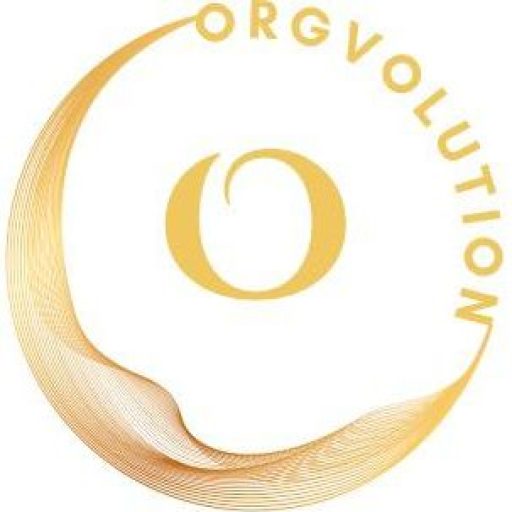Many companies perceive a competitive advantage in organizational designs and cultures that can be summarized under the umbrella of the New Work movement. While shifting a company into a new paradigm is incredibly challenging, many organizations are exploring tools, concepts, and the practices of new work organizations in order to progress.
OKRs (Objectives and Key Results) are a goal-setting framework that numerous companies are implementing globally.
There is a tremendous advantage to using OKRs, especially in product-led or agile tech companies. However, adapting them in different organizations presents its own set of challenges. That’s why we are examining five factors to consider when deciding if OKRs make sense.
1. Absence of Other Goal-Setting Mechanisms
Any goal-setting framework works best when it is the sole framework in use. When competing goals exist, it becomes challenging to decide which framework to prioritize. Often, OKRs are used alongside other goal-setting mechanisms and are thus perceived as optional. Employees may choose to ignore them if they want to be promoted or achieve what truly matters to their leaders. Therefore, OKRs work best when they are the exclusive framework for prioritizing work.
2. Alignment with Leadership Culture of Value Optimization
The OKR framework places a strong emphasis on outcomes, which often entails eliminating work that companies traditionally undertook due to past practices or perceived value. Emphasizing outcomes is most effective when the leadership culture actively promotes this perspective within the teams. If leaders expect their teams to continue their existing work while adding OKRs on top, it may not yield the desired results. Ideally, leaders should be willing to eliminate as much unnecessary work as possible to enable a sharper focus. This environment is where OKRs deliver the highest value.
3. Quarterly/Half-Yearly Focus Shifts
In agile product development, organizations receive customer feedback and adjust their priorities accordingly. OKRs provide a framework that allows not only teams but also departments or entire organizations to work in this agile manner. Setting a focus for a specific iteration and realigning priorities after that iteration helps manage dependencies between teams or departments. Using one framework that incorporates these dependencies and ensures a consistent focus benefits the entire organization.
4. Low Routine Work
OKRs are most effective for teams facing high uncertainty regarding their next steps to achieve their goals. If all tasks are well-defined, and the team primarily engages in routine work, the added focus that OKRs provide may not be necessary. In such cases, the framework may become a burden for documentation rather than a supportive structure for maintaining focus. High routine work is often best managed using clear metrics and KPIs. OKRs are most beneficial when there is a degree of uncertainty, experimentation, or the pursuit of goals that haven’t been attempted before.
5. Strong Understanding of OKRs
Adopting the OKR framework often requires a shift in mindset from a task and to-do list orientation to an outcome orientation. This shift can create psychological pressure for many teams, as team members can no longer simply say “task done” but must evaluate whether they achieved the impact they intended. Achieving impact is often not entirely within an individual’s control, whereas completing a task is more predictable. Teams may be tempted to revert to their familiar landscape of tasks instead of focusing on outcomes. The OKR framework is most effective when organizations invest in building the necessary capabilities. Internal OKR experts who support facilitation, alignment processes, and the shift in mindset are crucial to successfully implement OKRs. Otherwise, OKRs can quickly devolve into a task list with excessive overhead.
There are many more considerations for an organization to assess when considering OKRs, but if you notice that these five factors are not present, it serves as a red flag and offers insight into why OKRs might not gain traction in your organization.

